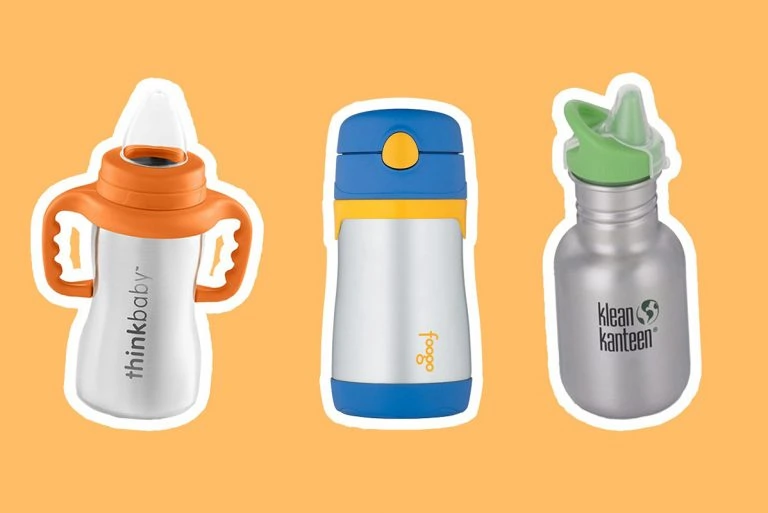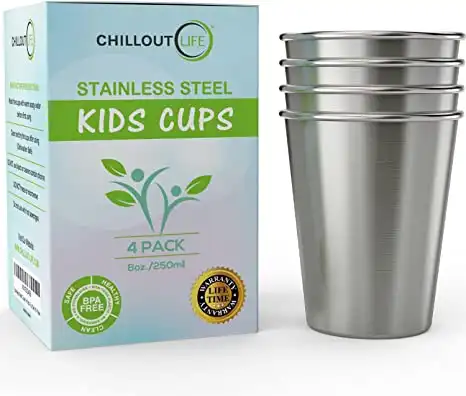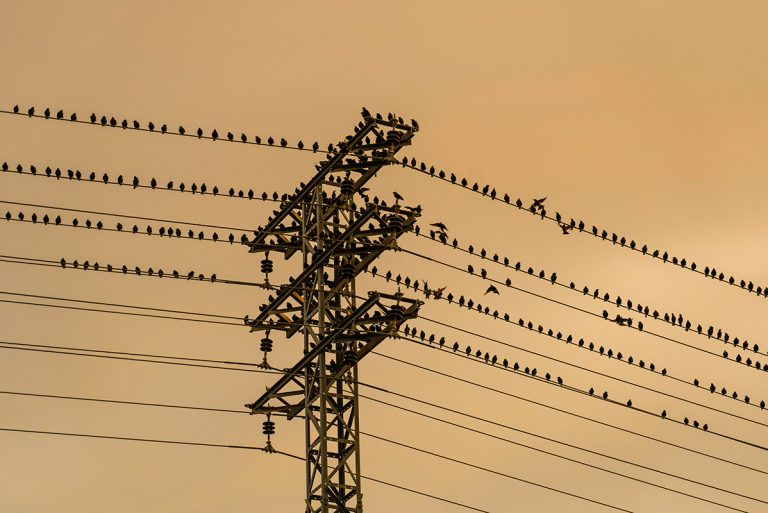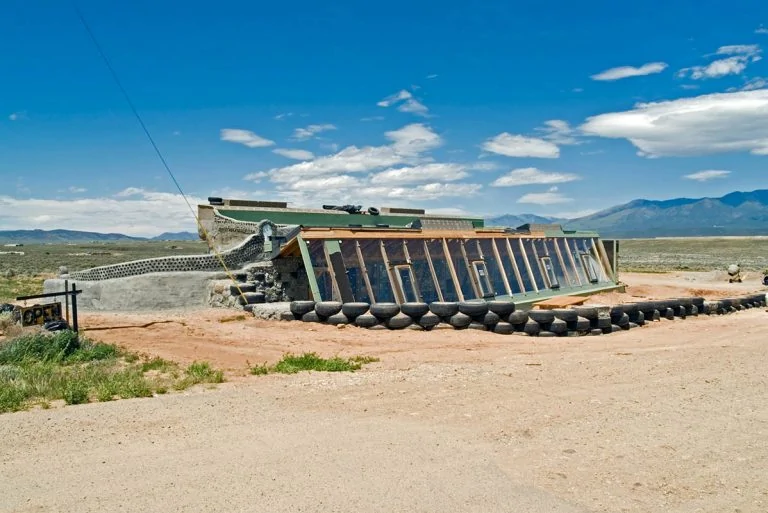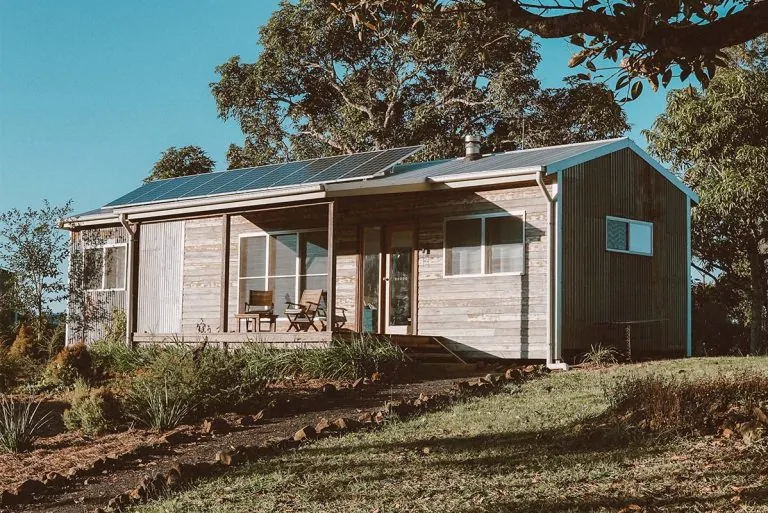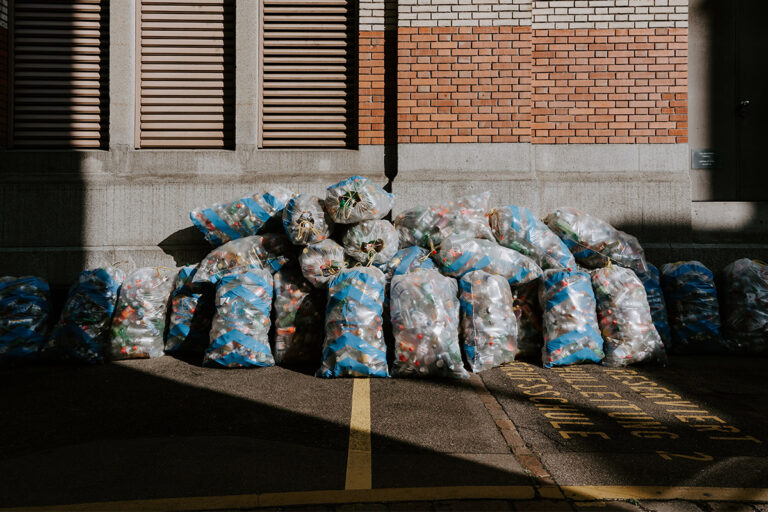Plastic sippy cups are not only an eco-disaster, but plastic components may leech harmful toxins into your child’s drink. In this round-up, we’ll review the best non-toxic, non plastic sippy cups and share important tips on how to buy a safe sippy for your child.
The best non-toxic, non plastic sippy cups
When it comes to alternatives to plastic sippy cups, parents are spoilt for choice these days! Here are six of the best non-plastic and non-toxic sippy cups and sippy cup alternatives.
1. Klean Kanteen Stainless Steel Sippy Cap
This is a great non-plastic and non-toxic option for anyone looking for a more traditional sippy cup design. The main part of the cup is made from food-grade stainless steel, one of the safest, non-toxic materials available.
Stainless steel is also very easy to clean and resistant to stains and corrosion. This sippy comes with Klean Kanteen’s chip-resistant finish, so is brightly-colored yet durable.
The lid is made from polypropylene which is a type of plastic, but it is known for being one of the safest types of plastic that is least likely to leach toxins into food and drink.
What we like:
- Durable: Made from food-grade stainless steel with a chip-resistant finish.
- Cute design: Available in a range of bright solid colors or patterns.
What we don’t like:
- The plastic cover is easy to lose: As it is not attached to the bottle, which means this sippy is not 100% leak proof.
Online reviewers report that the plastic cover is too easy to lose, and without the cover the sippy isn’t completely leak proof. However, they also say that it only leaks a drop or two without the cover so this isn’t a great concern.
2. Thinkbaby Stainless Steel Sippy Cup
This is another great stainless steel sippy, which is majority medical-grade stainless steel with a silicone spout and handles designed for little hands to hold. All of the materials are free of nasties such as BPA, lead, PVC, nitrosamines and phthalates.
One thing that we love about this sippy cup is its cross-cut spout that mimics breastfeeding. This not only makes the sippy easy for your baby to use, but it aids with development.
What we like:
- Easy to use: Thanks to the spout that mimics the action of breastfeeding and easy-grip handles.
- Easy to clean: The stainless steel cup is dishwasher-safe.
What we don’t like:
- Leakage: Many online users report that this sippy leaks more than others.
Although quite a few reviewers have reported issues with leakage, this sippy does come with a travel spout to protect the silicone and reduce spills. Plus, the unique spout makes this a great transition cup from the bottle or breast to a more “grown-up” sippy cup.
3. Pura Kiki Stainless Steel Bottle with Sipper Spout + Straw
This plastic-free sippy cup has a stainless steel bottle with a medical-grade silicone spout and sleeve. In fact, it comes with both a silicone sipper spout and silicone straw, which you can swap out as your child grows.
The interchangeable spouts aid with your child’s development, letting them learn to drink from a straw cup with their familiar sippy as they get older. The bottle is also dishwasher safe and has internal volume marks for easy measuring.
What we like:
- Interchangeable spout: You can choose between a soft spout and a silicone straw, and so teach your child to drink from a straw cup.
- Easy-care: This sippy cup is dishwashable and easy to clean.
What we don’t like:
- Not durable: Some online reviewers report that the bottle gets easily scratched and dented, and that the silicone spouts can be damaged from chewing or general use.
Although the spouts may get damaged with use, you can buy replacements online, so you won’t need to replace the entire bottle.
Both the spout and the straw are fast-flowing, meaning your little one doesn’t have to struggle to drink. The different spout designs also facilitate drinking by tipping the cup back, or drinking upright.
4. Thermos Foogo Leak-Proof Straw Bottle
This sippy is actually a straw cup, an alternative to the traditional sippy cup that helps your child transition from the bottle or breast in a way that promotes proper development. Using a straw cup encourages your child to build lip, cheek, and tongue strength while promoting an appropriate resting position for their tongue.
The straw bottle is made from stainless steel with polypropylene straws, lid, and bottom.
What we like:
- Large size: Holding up to eight ounces of liquid, this straw cup will last your child all day.
- Insulated: Thermos design to keep drinks cool and fresh.
Aside from the easy-to-use straw, what really makes this cup stand out is its large size. This straw cup will hold eight ounces, double many other sippy cups, so is great for day trips and excursions.
Additionally, the thermos design will keep your little one’s drinks cold for up to 12 hours.
5. Tabor Place Glass Sippy Cup
Another straw cup designed for healthy development, this sippy is made of glass with a silicone straw. Glass and toddlers may seem like a bad mix, but the body is made from borosilicate (Pyrex) glass that is non-toxic, durable, and shatter-resistant.
Not only is this type of glass very unlikely to break or shatter, its durability is further increased thanks to the cup’s outer silicone sleeve for shock absorption. All of the materials are free from BPA, BPS, phthalates, lead, and cadmium.
What we like:
- Durable: Made from strong borosilicate glass which is shatter-resistant, with a shock-absorbing outer sleeve.
- Removable handles: Your toddler can use the handles if they like, or you can remove them if they don’t!
What we don’t like:
- Not completely unbreakable: Although highly durable, there is always a risk that the glass may break with rough treatment.
The silicon straw is spill-resistant and easy to use, and it also has a removable top to further avoid spills. An extra handy feature, this cup has handles that can be removed according to your little one’s preferences.
6. CHILLOUT LIFE Stainless Steel Kids Cups – 4 Pack
This sippy cup alternative is another option for parents who want to introduce their child to drinking from a cup.
The greatest asset of these cups is that they are 100% stainless steel, with absolutely no plastic parts. This makes these more environmentally-friendly, and you can be comfortable that they are entirely non-toxic.
This pack comes with four stainless steel cups specifically designed for little ones. They are lightweight, small enough for tiny hands, and have a safe, rounded lip.
What we like:
- No plastic parts: These cups are entirely made from stainless steel, with zero plastic components.
- Safe: Thanks to the rounded, smooth upper lip and small, lightweight design.
What we don’t like:
- Not suitable for younger toddlers: Being neither spill proof nor leak proof.
A stainless steel cup like this one lets your children learn to drink from a cup and transition to regular tableware. However, this is only really suitable for older toddlers and children with a bit more control.
Buying guide
As a parent, you are, of course, concerned about anything you give to your child, particularly something that they put in their mouth. Here is what you should know to ensure that your little one’s sippy cup is safe, not to mention durable and practical.
The problem with plastic sippy cups
Plastic can leach chemicals into food and drink if the two come in direct contact. It’s long been established that plastics containing BPA and BPS can be harmful in a variety of ways, including increasing the risk of cancer and harming brain development.
Toxins and chemicals
These days, the vast majority of sippy cups are BPA-free. However, new research shows that non-BPA plastics may also leach chemicals into food and drink.
Many cheap sippy cups are made from number seven plastic, a type of non-recyclable plastic that contains phthalates. Phthalates are harmful chemicals that have been found to damage the liver, kidneys, lungs, and reproductive system.
These toxic chemicals are a concern for everybody, but particularly infants as young children are particularly vulnerable due to the early stages of their development.
Environmental concerns
Of course, there are also significant environmental concerns associated with plastic products. Not only is the production of plastic extremely damaging to the environment, but plastic items also turn into non-biodegradable trash when discarded, contributing to the world’s massive plastic waste problem.
Furthermore, plastic is a by-product of the petroleum industry and so is made from non-renewable resources.
Developmental delays
Some experts argue against using sipping cups at all, as they may hinder the development of swallow patterns and even speech, because they discourage the development of swallow patterns and tongue muscles.
For this reason, some parents swear by sippy cup alternatives. For example, you can opt for a straw cup like the thermos Foogo straw bottle or Tabor Place glass sippy cup, or teach your child to use an aluminum cup like the CHILLOUT LIFE stainless steel sippy cups.
Thankfully, a range of non-plastic alternatives are now available, with manufacturers making sippy cups from safe and eco-friendly materials like stainless steel, glass, and silicone. Although it is difficult (though not impossible) to find sippy cups and alternatives that are 100% plastic-free, at a minimum you should look for products that do not let plastic components touch the food or drink.
What to look for when buying a sippy cup
Whether you opt for a non-toxic, non-plastic sippy cup or a sippy cup alternative, there are important points to consider when choosing the right product for your child.
What material is the sippy cup made from?
The material that it is made from is one of the primary considerations when buying a sippy cup. Obviously, you want to avoid sippy cups made from potentially toxic (not to mention environmentally damaging) plastic.
Thankfully, there are plenty of safe and durable materials that are ideal for sippy cups. The best non-plastic alternatives for sippy cups are aluminium and glass, with straws and spouts made from non-toxic silicon or polypropylene.
You also have different options when it comes to the material the spout is made from, or if it has a spout at all:
- Soft sippy cup spouts typically have a silicone nipple rather than a true spout, and generally are an easier transition from the bottle or breastfeeding.
- Hard spouts are generally more durable and may have handy features like a flip or easy-close top.
- Straw cups usually have a hard silicone or polypropylene straw that encourages proper development.
Is the sippy cup leak proof?
Parents are always dealing with spills, and a leak-proof sippy cup will help to avoid such accidents.
Very few sippies are 100% leak proof, as there will naturally be some leakage through the spout. Any sippy cup that is completely leak proof could be difficult for your baby to suck on.
Babies have soft palettes that are not designed for sucking with too much force. This means that sippy cups that are difficult to suck may even lead to developmental problems or ear infections.
Therefore, it’s best to look for a sippy cup that is mostly leak proof, while being easy for your baby to suck on.
Does it have handles?
Handles encourage babies’ natural desire to grip things and the best sippy cup handles are perfectly designed for tiny hands. However, this will come down to personal preference as some toddlers don’t like sippies with handles.
There are also options for removable handles so your little one can use it with or without handles depending on what they find easiest.
Is the sippy easy to clean?
This consideration is particularly important for busy parents, who want their baby’s items to be as easy to clean and maintain as possible.
Furthermore, certain sippy cup designs can encourage the growth of bacteria and mold, particularly around the inside brand. Therefore, it’s essential that all parts of the cup can be easily and effectively cleaned to avoid the growth of such nasties.
The easiest to clean sippy cups are usually the simplest designs that can be taken apart to wash properly and then reassembled.
Is the sippy cup eco-friendly?
We know that plastic is terrible for the environment, from the pollution produced to its production to the non-biodegradable waste it produces.
Glass and stainless steel are both eco-friendly alternatives that can be used to make sippy cups.
As with any sustainable product, you also need to consider how the product is shipped. The most environmentally-friendly products are packed in plastic-free packaging and will preferably be produced locally in order to reduce the amount of fossil fuels needed to bring them to your door.
FAQ
Let’s take a look at some of the common concerns and questions parents ask when buying a non-plastic sippy cup.
What materials are best for sippy cups?
We’ve already seen why plastic is not a safe or eco-friendly choice when buying a sippy cup for your loved one. Instead, one of the best materials for sippy cups is food-grade stainless steel. Extra tough borosilicate (Pyrex) glass is also an excellent choice.
Are sippy cups safe?
The answer to this question depends on the sippy cup you buy, its design, and the material it is made from.
Sippy cups made from plastic, or at least where plastic directly touches food or drink, can leach harmful chemicals into your child’s drink. These chemicals may cause developmental problems and even medical conditions later in life.
Additionally, designs that do not include a hard spout are believed to be better for your child developmentally.
What is the right age to introduce a sippy cup?
Sippy cups are an important part of transitioning your baby from the bottle or breast to drinking from a cup.
The American Academy of Pediatrics (AAP) recommends this transition at around 12 months of age. They also advise that your child can start to use a transition or sippy cup at as young as six to nine months, and that babies should be completely weaned from the bottle by 18 months.
Wrapping up
Sippy cups have got a lot of criticism in recent years for being toxic and leading to developmental issues in some children. However, this doesn’t mean you need to skip the beloved sippy entirely.
There are plenty of safe sippy cups made from non-toxic materials, as well as various sippy cup alternatives to transition your child from bottle or breastfeeding to drinking out of a regular cup.
Check out our other product roundups to find more amazing eco-friendly products, including the best eco-friendly diapers, zero-waste toilet paper, and plastic-free food storage containers.
If you found this review of the best non-plastic sippy cups helpful, go ahead and share it on social media!
